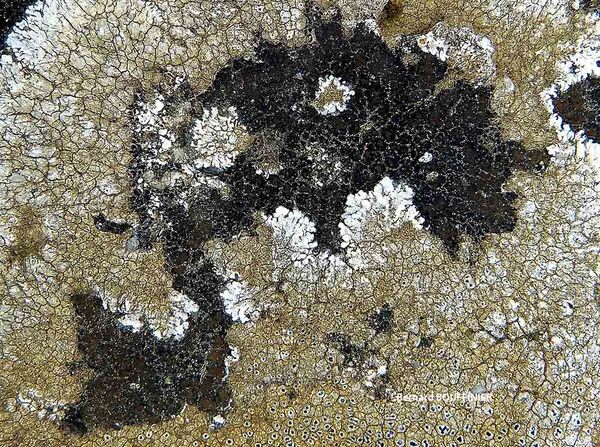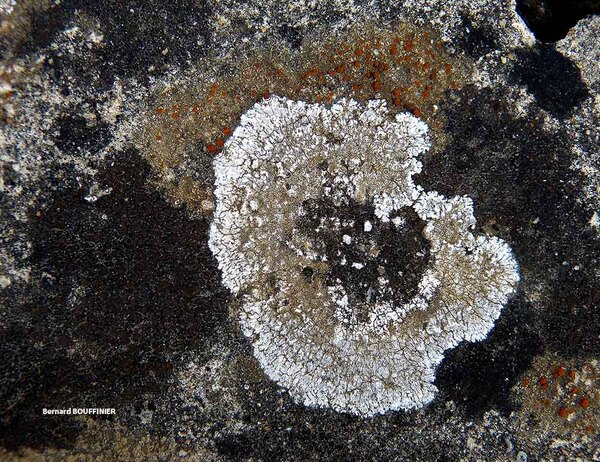Heteroplacidium fusculum (Nyl.) Gueidan & Cl. Roux
Mycol. Res., 111: 1157, 2007. Basionym: Verrucaria fuscula Nyl. - Bot. Not.: 161, 1853.
Synonyms: Dermatocarpon insulare (A. Massal.) Mig.; Dermatocarpon nantianum (H. Olivier) Zahlbr.; Encliopyrenia fuscula (Nyl.) Trevis.; Endocarpon insulare (A. Massal.) A. Massal.; Endopyrenium insulare (A. Massal.) Dalla Torre & Sarnth.; Placidium insulare A. Massal.; Placidium iranicum Szatala; Verrucaria insularis (A. Massal.) Jatta
Distribution: N - VG, Frl, Ven (Lazzarin 2000b), TAA, Lomb, Piem, Emil (Fariselli & al. 2020), Lig (Lich. Alpium 261: Breuss 1994, Giordani & al. 2016). C - Tosc (Benesperi 2000a), Marc (Nimis & Tretiach 1999), Umb (Nimis & Tretiach 1999, Ravera & al. 2006, Panfili 2007), Laz (TSB 32427), Abr (Nimis & Tretiach 1999, Gheza & al. 2021), Mol (Garofalo & al. 1999, Nimis & Tretiach 1999, Caporale & al. 2008, Ravera & al. 2009, Genovesi & Ravera 2014), Sar (Breuss 1994). S - Camp (Garofalo & al. 1999, 2010, Aprile & al. 2003, 2003b, Nimis & Tretiach 2004), Pugl (Garofalo & al. 1999, Nimis & Tretiach 1999), Bas (Nimis & Tretiach 1999), Cal (Breuss 1994, Puntillo 1996), Si (Breuss 1994, Nimis & al. 1994, 1996b, Grillo & Caniglia 2004, Caniglia & Grillo 2005, 2006).
Description: Thallus crustose-areolate to subsquamulose, brown to dark brown (almost black in sun-forms), forming dark islands on the thallus of species of the Circinaria calcarea-complex. Areoles up to c. 2 mm wide and to c. 0.6 µm thick, angular to rounded, flat or slightly convex, constricted at base into short peg-like projections composed of vertically oriented hyphae. Upper cortex pseudoparenchymatous, brown in upper part, 10-25 µm thick, with an epinecral layer; medulla of isodiametrical, 7-10 µm wide cells, but often with some cylindrical hyphae intermixed; lower cortex not clearly delimited. Perithecia more or less globose, 0.2-0.4 mm across, immersed in the areoles, with only the ostiolar region emergent, without involucrellum; exciple initially pale but darkening with age, especially around the ostiole; hamathecium of periphyses and periphysoids, interascal filaments absent; hymenial gel hemiamyloid. Asci 8-spored, clavate, I-, fissitunicate, the wall thickened above, Verrucaria-type, 55-70 x 13-20 µm. Ascospores 1-celled, hyaline, broadly ellipsoid to subglobose, (7-)9-13(-15) x 6-10 µm, biseriately arranged in the asci. Pycnidia black, laminal, immersed, of the Dermatocarpon-type. Conidia simple, cylindrical to bacilliform, 3-5 µm long. Photobiont chlorococcoid (Myrmecia). Spot tests: cortex and medulla K-, C-, KC-, P-, UV-. Chemistry: without lichen substances.Note: a species with a crustose-areolate, dark brown thallus but otherwise with a Heteroplacidium-anatomy, starting the life-cycle on taxa of the Circinaria calcarea-group, but finally often becoming independent, on calcareous rocks; widely distributed and fairly common in the Mediterranean Region, with some outposts in central Europe.
Growth form: Crustose
Substrata: rocks
Photobiont: green algae other than Trentepohlia
Reproductive strategy: mainly sexual
paras Circinaria calcarea s.lat.
Commonnes-rarity: (info)
Alpine belt: absent
Subalpine belt: absent
Oromediterranean belt: absent
Montane belt: rare
Submediterranean belt: extremely common
Padanian area: extremely rare
Humid submediterranean belt: extremely common
Humid mediterranean belt: very common
Dry mediterranean belt: rather rare
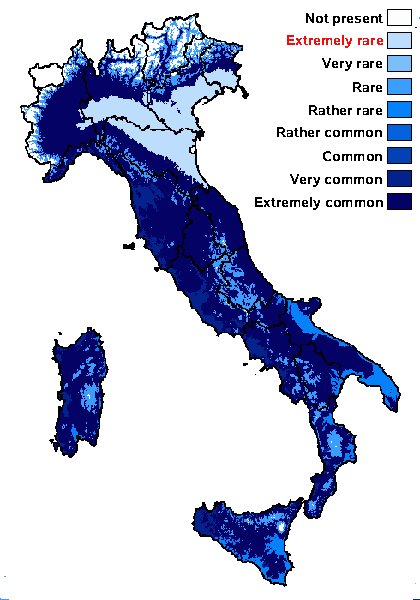
Predictive model
Herbarium samples
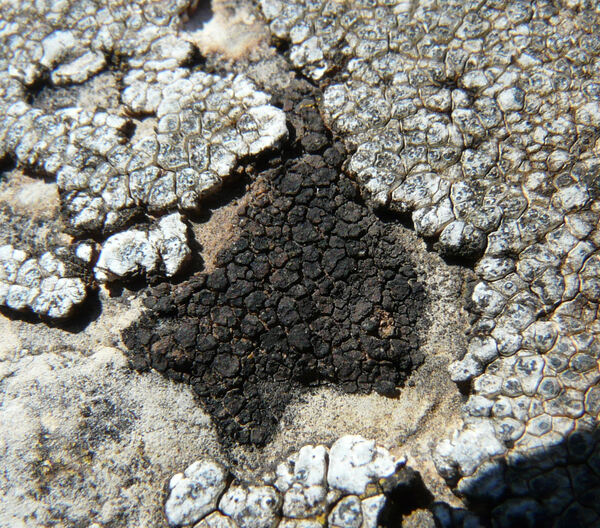

A. Moro; Owner: Department of Life Sciences, University of Trieste
Sicilia, TP, Segesta, presso i templi
2008.04.05
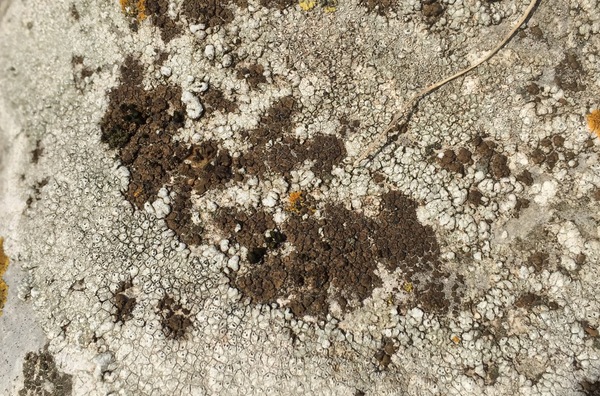

Pier Luigi Nimis; Owner: Department of Life Sciences, University of Trieste
Italy, Friuli Venezia Giulia, Trieste, Trieste Karst, Val Rosandra, San Lorenzo near Belvedere
11/02/2017
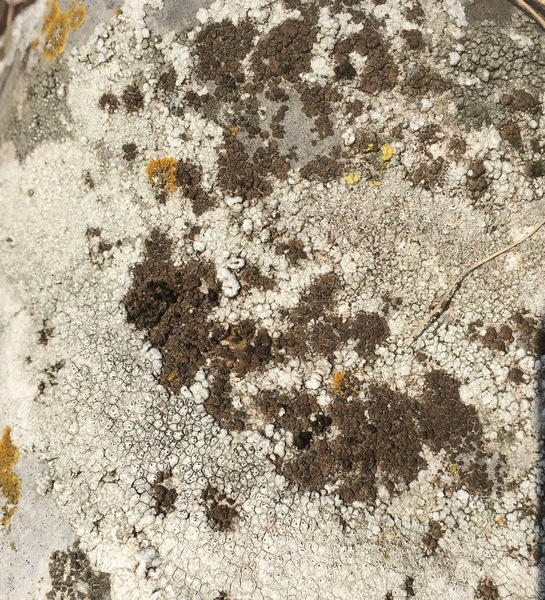

Pier Luigi Nimis; Owner: Department of Life Sciences, University of Trieste
Italy, Friuli Venezia Giulia, Trieste, Trieste Karst, Val Rosandra, San Lorenzo near Belvedere
11/02/2017
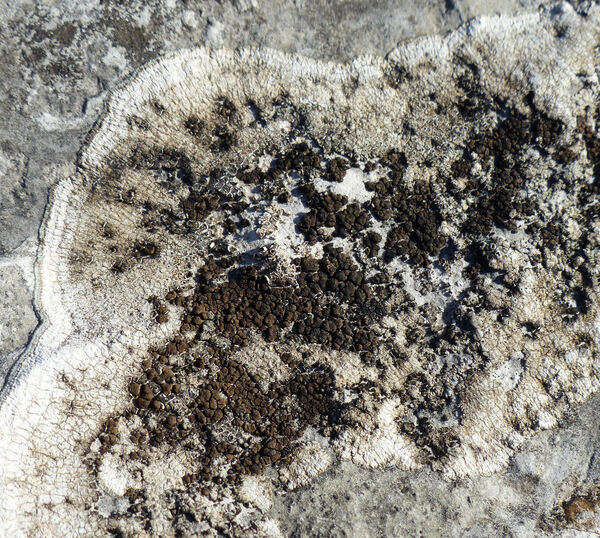

Andrea Moro; Owner: Department of Life Sciences, University of Trieste
italy, Friuli Venezia Giulia, Trieste, Trieste Karst near Borgo Grotta Gigante
16/02/2017
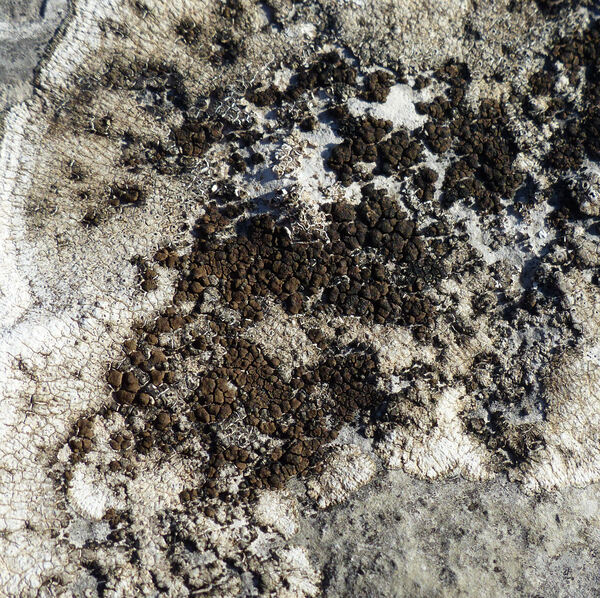

Andrea Moro; Owner: Department of Life Sciences, University of Trieste
italy, Friuli Venezia Giulia, Trieste, Trieste Karst near Borgo Grotta Gigante
16/02/2017
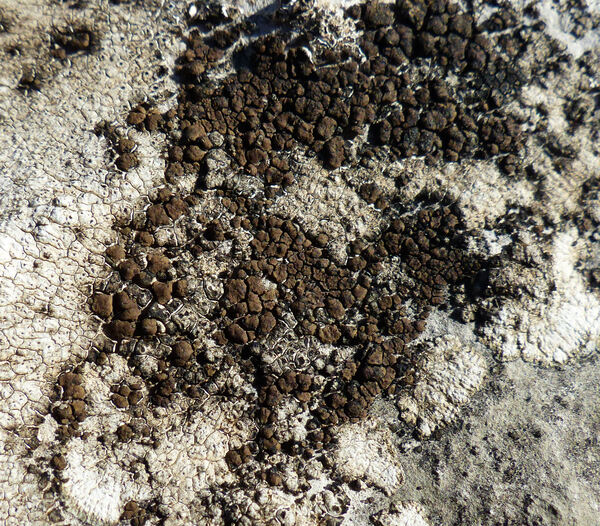

Andrea Moro; Owner: Department of Life Sciences, University of Trieste
italy, Friuli Venezia Giulia, Trieste, Trieste Karst near Borgo Grotta Gigante
16/02/2017
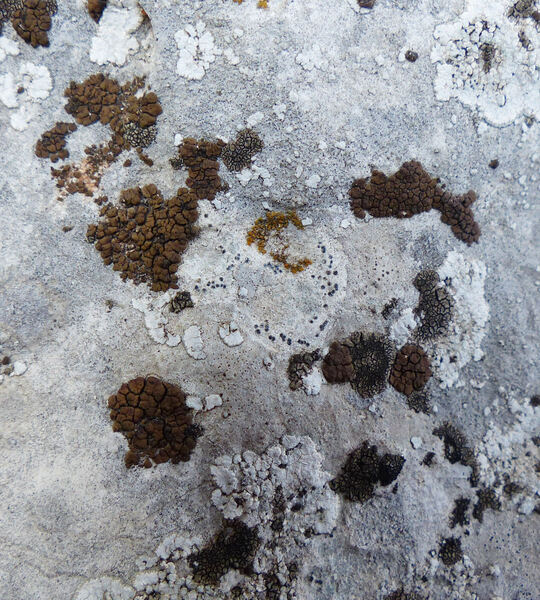

Andrea Moro; Owner: Department of Life Sciences, University of Triedte
Italy, Friuli Venezia Giulia, Trieste, Trieste Karst, Rocca di Monrupino
20/02/2017
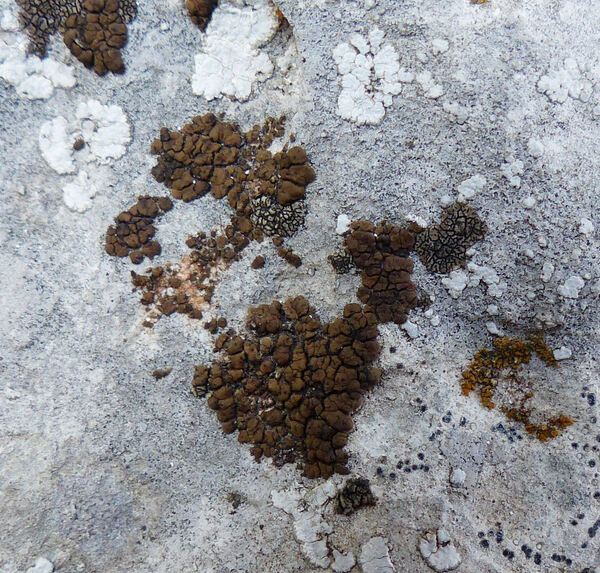

Andrea Moro; Owner: Department of Life Sciences, University of Triedte
Italy, Friuli Venezia Giulia, Trieste, Trieste Karst, Rocca di Monrupino
20/02/2017
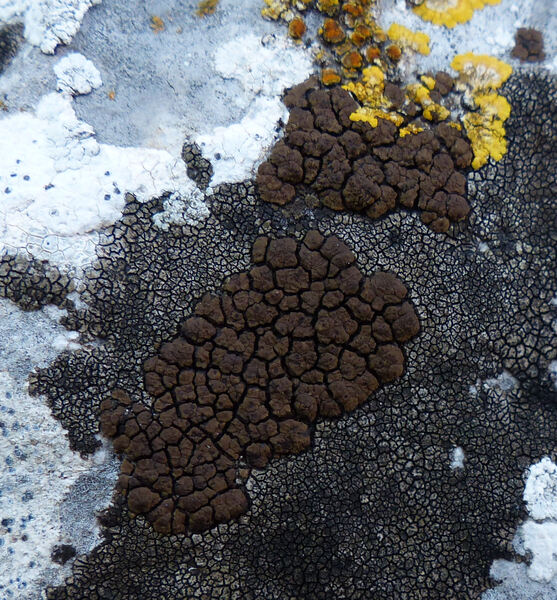

Andrea Moro; Owner: Department of Life Sciences, University of Triedte
Italy, Friuli Venezia Giulia, Trieste, Trieste Karst, Rocca di Monrupino
20/02/2017


Andrea Moro; Owner: Department of Life Sciences, University of Triedte
Italy, Friuli Venezia Giulia, Trieste, Trieste Karst, Rocca di Monrupino
20/02/2017
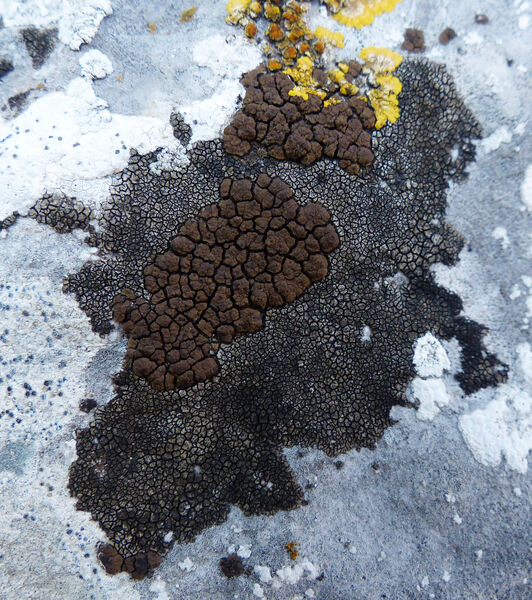

Andrea Moro; Owner: Department of Life Sciences, University of Triedte
Italy, Friuli Venezia Giulia, Trieste, Trieste Karst, Rocca di Monrupino
20/02/2017
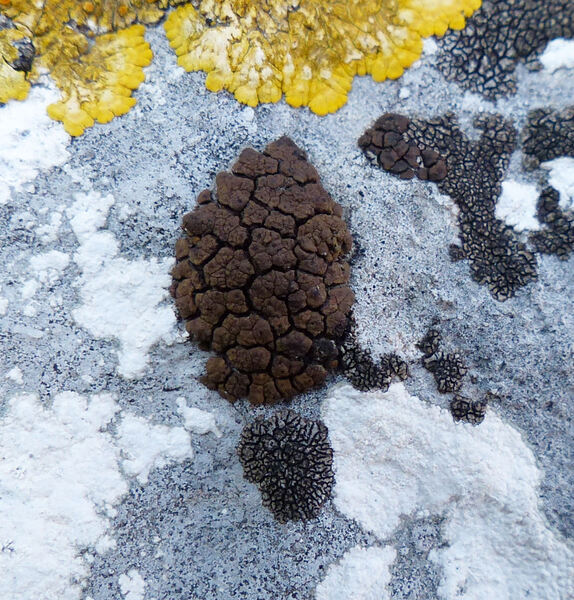

Andrea Moro; Owner: Department of Life Sciences, University of Triedte
Italy, Friuli Venezia Giulia, Trieste, Trieste Karst, Rocca di Monrupino
20/02/2017
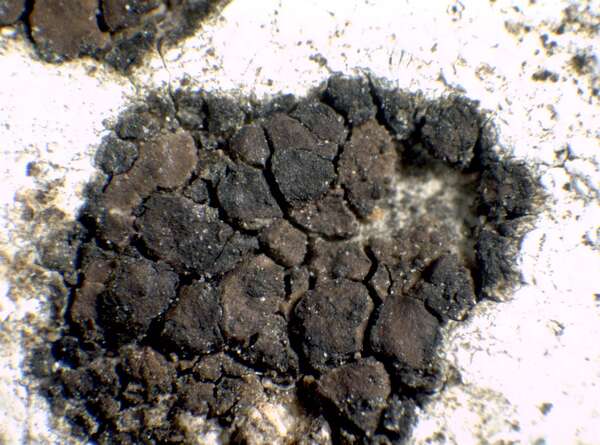

P.L. Nimis; Owner: Department of Life Sciences, University of Trieste
Herbarium: TSB (26844)
2001/12/11
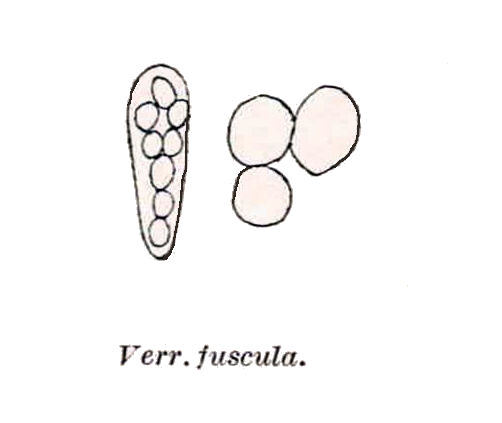
Zschacke, H. (1934) Epigloeaceae, Verrucariaceae und Dermatocarpaceae. In: Dr. L. Rabenhorst‘s Kryptogamen-Flora, Band 9, Abt. 1, Teil 1. Akademische Verlagsgesellschaft, Leipzig, 695 pp. - Public Domain
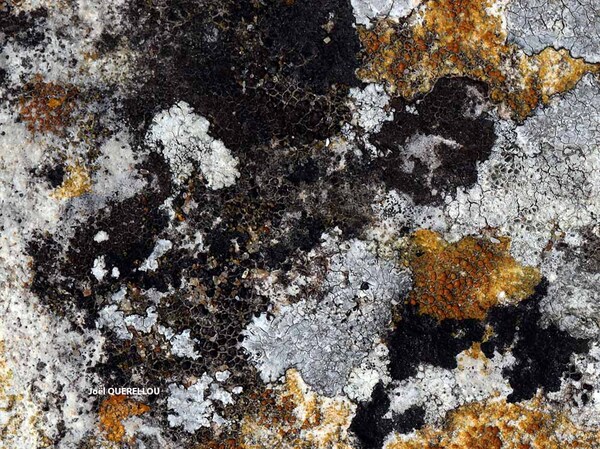
Joël Querellou - Source: http://www.lichensmaritimes.org/index.php?task=fiche&lichen=655&lang=en
France, Ile d'Aix
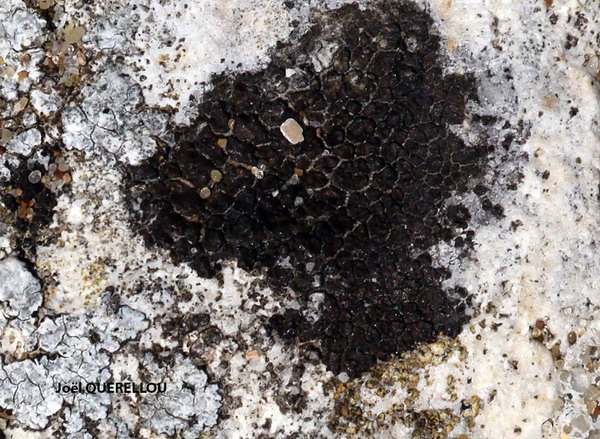
Joël Querellou - Source: http://www.lichensmaritimes.org/index.php?task=fiche&lichen=655&lang=en
France, Ile d'Aix

Bernard Bouffinier - Source: http://www.lichensmaritimes.org/index.php?task=fiche&lichen=655&lang=en
France, L'Aber Le Four à Chaux
Growth form: Crustose
Substrata: rocks
Photobiont: green algae other than Trentepohlia
Reproductive strategy: mainly sexual
paras Circinaria calcarea s.lat.
Commonnes-rarity: (info)
Alpine belt: absent
Subalpine belt: absent
Oromediterranean belt: absent
Montane belt: rare
Submediterranean belt: extremely common
Padanian area: extremely rare
Humid submediterranean belt: extremely common
Humid mediterranean belt: very common
Dry mediterranean belt: rather rare

Predictive model
| Herbarium samples |


A. Moro; Owner: Department of Life Sciences, University of Trieste
Sicilia, TP, Segesta, presso i templi
2008.04.05


Pier Luigi Nimis; Owner: Department of Life Sciences, University of Trieste
Italy, Friuli Venezia Giulia, Trieste, Trieste Karst, Val Rosandra, San Lorenzo near Belvedere
11/02/2017


Pier Luigi Nimis; Owner: Department of Life Sciences, University of Trieste
Italy, Friuli Venezia Giulia, Trieste, Trieste Karst, Val Rosandra, San Lorenzo near Belvedere
11/02/2017


Andrea Moro; Owner: Department of Life Sciences, University of Trieste
italy, Friuli Venezia Giulia, Trieste, Trieste Karst near Borgo Grotta Gigante
16/02/2017


Andrea Moro; Owner: Department of Life Sciences, University of Trieste
italy, Friuli Venezia Giulia, Trieste, Trieste Karst near Borgo Grotta Gigante
16/02/2017


Andrea Moro; Owner: Department of Life Sciences, University of Trieste
italy, Friuli Venezia Giulia, Trieste, Trieste Karst near Borgo Grotta Gigante
16/02/2017


Andrea Moro; Owner: Department of Life Sciences, University of Triedte
Italy, Friuli Venezia Giulia, Trieste, Trieste Karst, Rocca di Monrupino
20/02/2017


Andrea Moro; Owner: Department of Life Sciences, University of Triedte
Italy, Friuli Venezia Giulia, Trieste, Trieste Karst, Rocca di Monrupino
20/02/2017


Andrea Moro; Owner: Department of Life Sciences, University of Triedte
Italy, Friuli Venezia Giulia, Trieste, Trieste Karst, Rocca di Monrupino
20/02/2017


Andrea Moro; Owner: Department of Life Sciences, University of Triedte
Italy, Friuli Venezia Giulia, Trieste, Trieste Karst, Rocca di Monrupino
20/02/2017


Andrea Moro; Owner: Department of Life Sciences, University of Triedte
Italy, Friuli Venezia Giulia, Trieste, Trieste Karst, Rocca di Monrupino
20/02/2017


Andrea Moro; Owner: Department of Life Sciences, University of Triedte
Italy, Friuli Venezia Giulia, Trieste, Trieste Karst, Rocca di Monrupino
20/02/2017


P.L. Nimis; Owner: Department of Life Sciences, University of Trieste
Herbarium: TSB (26844)
2001/12/11

Zschacke, H. (1934) Epigloeaceae, Verrucariaceae und Dermatocarpaceae. In: Dr. L. Rabenhorst‘s Kryptogamen-Flora, Band 9, Abt. 1, Teil 1. Akademische Verlagsgesellschaft, Leipzig, 695 pp. - Public Domain

Joël Querellou - Source: http://www.lichensmaritimes.org/index.php?task=fiche&lichen=655&lang=en
France, Ile d'Aix

Joël Querellou - Source: http://www.lichensmaritimes.org/index.php?task=fiche&lichen=655&lang=en
France, Ile d'Aix

 INDEX FUNGORUM
INDEX FUNGORUM
 GBIF
GBIF
 DOLICHENS
DOLICHENS


